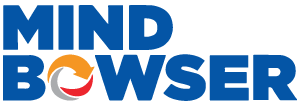Wearable technology is no longer just about fitness tracking—it’s redefining how healthcare is delivered. From monitoring heart rates in real time to alerting care teams about sudden glucose spikes, wearable devices are transforming patient care into something more proactive, personalized, and accessible. As we step into 2026, the fusion of healthcare and wearables is no longer a trend—it’s the new standard.
Healthcare providers, digital health startups, and medical technology (MedTech) innovators are investing in wearable device app development to extend care beyond clinic walls. These mHealth apps bridge the gap between continuous patient data and real-time clinical action, enabling smarter decisions and faster interventions. Whether it’s managing chronic conditions or supporting post-op recovery, wearable apps are helping reduce hospital visits and improve patient outcomes.
But building a healthcare-grade wearable app isn’t just about syncing data. It requires secure infrastructure, compliance with HIPAA and FDA regulations, seamless EHR integration, and a user experience that works for patients of all ages. In this guide, we’ll break down everything you need to know to build a successful wearable app for healthcare in 2026—from core features and SDKs to compliance, architecture, cost, and real-world use cases.
Let’s brainstorm your wearable roadmap—no strings attached. Book a quick discovery call
The healthcare industry is shifting from reactive care to proactive, continuous monitoring, and wearable devices are at the center of that transformation. Here’s why wearable devices app development is gaining traction among healthcare providers and digital health innovators:
• Rise of Remote and Preventive Care
Healthcare is moving beyond hospital walls. Wearables enable care teams to monitor patients in real-time, detect early signs of complications, and intervene before emergencies occur.
• Increased Adoption Post-COVID
The pandemic accelerated the acceptance of virtual care. Patients and healthcare providers now rely more on connected health devices for monitoring vital signs, especially in home-based settings.
• Patient Expectations for Real-time Insights
People want more control over their health. Apps that sync with wearable devices provide instant feedback on heart rate, activity, glucose levels, or sleep, improving patient engagement.
• Growing Chronic Disease Burden
Conditions like diabetes, hypertension, and heart disease demand continuous monitoring. Wearables support long-term care plans and reduce costly hospital visits.
Healthcare organizations are turning to wearable devices and app development to deliver more personalized, efficient, and continuous care. Here are the most impactful use cases driving adoption:
• Chronic Disease Monitoring (e.g., diabetes, hypertension)
Wearables like Dexcom G6 continuously monitor glucose levels, while blood pressure and heart rate trackers support real-time insights for hypertensive patients, minimizing risks and ER visits.
• Post-op Recovery Tracking
After surgery, wearables help monitor vitals and mobility, flagging early signs of complications and improving outcomes through timely interventions.
• Elderly Care and Fall Detection
Devices equipped with accelerometers and motion sensors detect falls or inactivity in seniors, enabling rapid response and supporting aging-in-place strategies.
Related read: Elderly Care Technology in Home Health Care: Key Trends Shaping 2026
• Cardiac Health and Arrhythmia Alerts
ECG-enabled smartwatches and chest patches can detect irregular heart rhythms, such as AFib, helping cardiologists monitor patients without requiring hospital stays.
• Mental Health and Sleep Tracking
Wearables track sleep cycles, stress levels, and HRV (heart rate variability), giving therapists and psychiatrists real-time data to tailor interventions.
Related read: How AI Integration is Transforming Mental Healthcare and EHR Workflows
• Remote Patient Monitoring (RPM) and Care Plans
Wearables automate RPM workflows by syncing data directly to provider dashboards, supporting population health programs and value-based care models.
When building apps that connect with medical-grade wearables, focusing on functionality that improves both patient experience and clinical value is essential. Below are the key features that make wearable device app development effective for healthcare use:
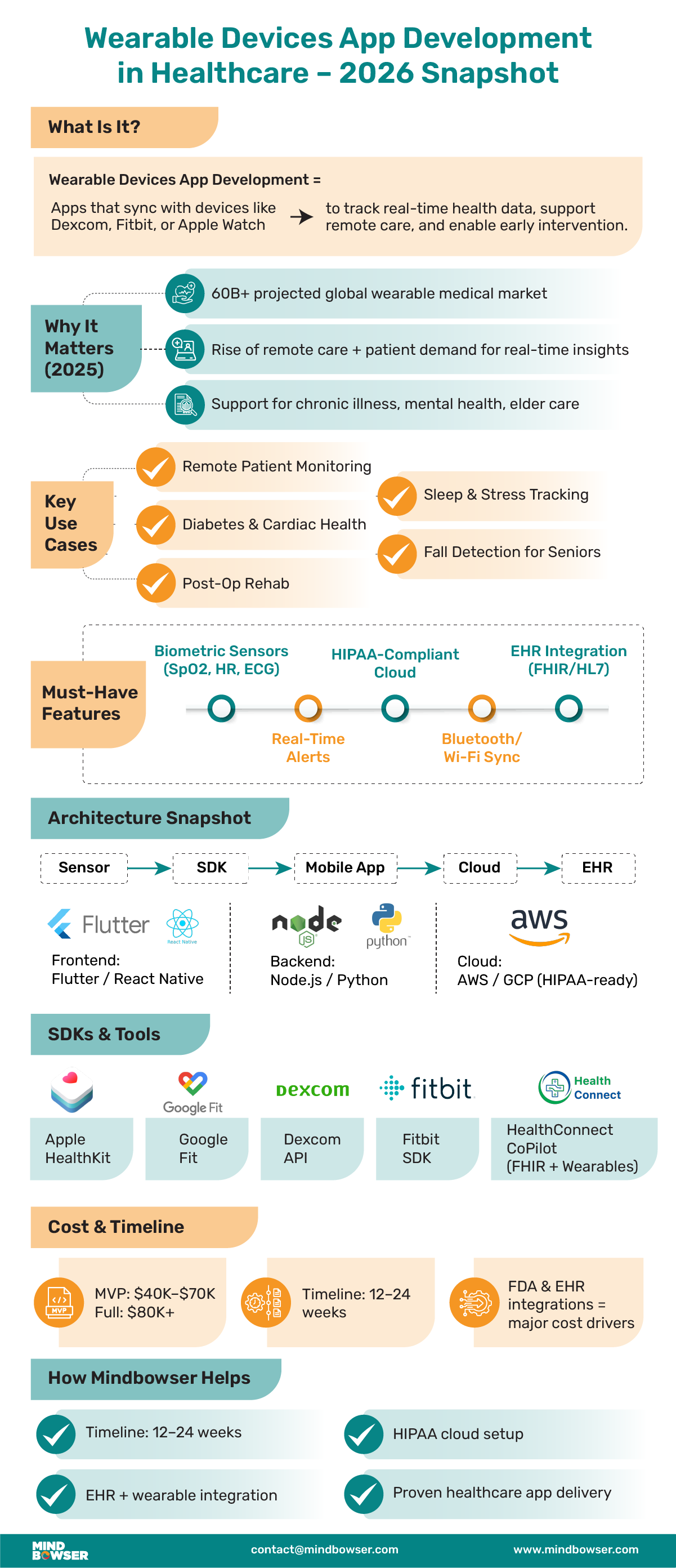

• Biometric Sensor Integration (SpO2, HR, ECG)
The app should capture real-time vitals from the wearable device—whether it’s heart rate, blood oxygen, or electrocardiogram data—and translate it into usable insights.
• Real-time Data Visualization and Alerts
Patients and providers should be able to view vitals instantly. Set alerts for abnormal readings to enable timely interventions and continuous care.
• Bluetooth Syncing and Offline Support
Apps must sync data over Bluetooth or Wi-Fi and cache it securely when offline, ensuring no patient data is lost during connectivity gaps.
• HIPAA-compliant Cloud Storage
Data must be encrypted and stored on secure, compliant cloud platforms (such as AWS, GCP, or Azure with HIPAA setups) to protect PHI and meet regulatory standards.
• Caregiver/Patient Dashboards
Custom dashboards should provide patients with visibility into their trends and enable caregivers or clinicians to monitor progress across populations.
• EHR Data Sync via FHIR/HL7
Integrate with electronic health record systems using FHIR APIs or HL7 protocols to ensure that wearable data is seamlessly incorporated into the patient’s longitudinal health record.
Related read: Integration with EHR Systems: A Complete Guide for Healthcare Providers
Building a reliable and scalable healthcare wearable app starts with a well-structured architecture. The goal is to ensure secure, real-time data flow from the wearable device to care teams and EHR systems. Here’s how a typical wearable device app development architecture looks:
Data Flow Overview:
Sensor → Device SDK → Mobile App → Secure Cloud → EHR/Provider Portal
• BLE & Wi-Fi Data Sync
Most wearables use Bluetooth Low Energy (BLE) to transmit data to the mobile app. Some advanced devices also support Wi-Fi for direct cloud sync.
• Mobile App (Frontend)
Built using Flutter or React Native for cross-platform support or native SDKs (Swift/Kotlin) when low-level access is required.
• Backend Stack
Cloud services built with Node.js or Python, hosted on HIPAA-compliant infrastructure like AWS or Google Cloud, to store, process, and forward data securely.
• Secure Cloud & APIs
APIs aggregate and normalize data from different devices. Encryption protocols and token-based access ensure that data privacy is never compromised.
• EHR Integration Layer
Syncs data to EMRs like Epic EHR, Cerner EHR, or Athenahealth EHR using FHIR or HL7 standards, enabling unified clinical views.
Request a free backend audit and get clarity before you scale. Schedule a quick consult →
Successful wearable device app development depends heavily on integrating with reliable SDKs and APIs offered by wearable device manufacturers and health data platforms. These tools enable developers to access sensor data, manage permissions, and ensure secure syncing with mobile apps and backend systems.
Top SDKs and APIs for Healthcare Wearables:
• Apple HealthKit & ResearchKit
HealthKit allows apps to read and write health data on iOS devices, while ResearchKit supports health research apps with advanced survey and consent modules.
• Google Fit API
Google’s health data platform collects fitness and wellness data across Android devices, with built-in support for syncing activity, vitals, and sleep data.
• Fitbit SDK
Enables custom applications on Fitbit devices and access to their sensor data (steps, heart rate, sleep patterns). Fitbit Web APIs also allow cloud-based data sync.
• Dexcom API
Specifically designed for real-time glucose monitoring. Developers can integrate continuous glucose data from Dexcom devices into apps or care management platforms.
• Garmin Connect
Offers RESTful APIs for accessing user activity, wellness, and physiological data from Garmin wearables used in health and fitness applications.
• HealthConnect CoPilot
An accelerator by Mindbowser to simplify FHIR-based EHR and wearable integrations. It supports standards such as HL7 and integrates with platforms like Epic, Cerner, and Athenahealth.
Compliance isn’t optional when developing healthcare apps, especially those that handle patient data from wearables. Ensuring regulatory adherence protects both users and your business from legal, financial, and reputational risks. Here’s what developers and stakeholders must consider during wearable devices app development:
HIPAA Security Requirements
If your app handles Protected Health Information (PHI), it must comply with the Health Insurance Portability and Accountability Act (HIPAA). Key safeguards include:
• Data encryption in transit and at rest
• User access controls and audit trails
• Secure cloud environments (e.g., AWS/GCP with BAA)
• User consent and disclosure policies
Related read: Top Security Testing Strategies for HIPAA Compliant Healthcare Apps
When FDA Approval is Required
Apps that analyze, diagnose, or treat medical conditions may be regulated as medical devices under the U.S. FDA:
• Class I: Low risk (general wellness apps)
• Class II: Moderate risk (RPM, glucose tracking) — most wearable apps fall here
• Class III: High risk (life-supporting apps)
Getting FDA approval requires documentation, clinical testing, and validation.
HL7 & FHIR for Interoperability
To integrate wearable data into hospital systems or EHRs like Epic or Cerner, apps must comply with:
• HL7 v2/v3: Legacy data formats
• FHIR (Fast Healthcare Interoperability Resources): Modern, API-driven healthcare data standard
Streamline your clinical workflows with HealthConnect CoPilot. Simplify FHIR integration and connect wearable data directly to your EHR—start your journey today.
Related read: FHIR Adoption in Healthcare
Best Practices for Compliance
• Anonymize data when not used for clinical decision-making
• Implement robust consent flows for data sharing
• Keep audit logs of every API access or user interaction
• Regularly test for vulnerabilities and update privacy policies
Related read: The Complete mHealth App Development Guide for Success
Building a secure, scalable, and clinically useful wearable app requires more than just connecting a device. Here’s a practical roadmap for wearable devices app development in healthcare—from idea to implementation:
Start with a clear objective: What health metric are you tracking? Who will use the app—patients, clinicians, or both? Map out every touchpoint, from onboarding to alerts and data review.
Select the appropriate devices (e.g., Dexcom, Fitbit, Apple Watch) and compatible SDKs/APIs. Additionally, define your tech stack—consider using React Native or Flutter for the frontend, Node.js or Python for the backend, and HIPAA-compliant cloud hosting.
User interfaces must function effectively on compact displays and accommodate users with limited digital literacy. Utilize large touch targets, straightforward navigation, and ADA-compliant accessibility features.
Architect your backend for encrypted data storage, access controls, and audit logs. Choose a cloud setup (AWS, Google Cloud) that provides HIPAA compliance with proper Business Associate Agreements (BAAs).
Utilize FHIR or HL7 standards to integrate wearable data with existing patient records. Tools like HealthConnect CoPilot can simplify integration and reduce time-to-market.
Validate the app using actual devices and patient simulations. Check for data sync reliability, edge-case behaviors (like low battery or no connectivity), and accurate alerting.
Document everything. Whether for internal audits or FDA submission, ensure traceability of decisions, testing, and access controls.
Deploy with monitoring tools in place. Use real-time analytics to track usage, errors, and user engagement. Plan for version updates, feedback loops, and scale readiness as adoption grows.
Understanding the budget and timeline is critical when planning for wearable devices app development in healthcare. Costs can vary significantly based on functionality, integrations, and the scope of regulatory requirements.
• MVP (Basic monitoring, single wearable integration)
Estimated cost: $40,000 – $70,000
Timeline: 12–16 weeks
• Full-featured App (Multi-device support, dashboards, EHR integration, HIPAA/FDA readiness)
Estimated cost: $80,000 – $150,000+
Timeline: 20–24+ weeks
Several factors significantly impact cost:
• EHR integration complexity (FHIR, HL7)
• FDA documentation (if applicable)
• Custom SDK integrations (e.g., Dexcom, Fitbit, Apple Health)
• Security infrastructure and HIPAA readiness
Each layer of integration or compliance adds to both development time and validation effort.
• Apps using public SDKs/APIs (e.g., Apple HealthKit, Google Fit) are more affordable.
• Apps requiring custom firmware or BLE protocols with proprietary medical devices usually increase costs by 30–50%.
Investing in reusable modules and integration accelerators (like HealthConnect CoPilot) can reduce both cost and time significantly.
Even well-funded digital health teams can hit roadblocks if they overlook the nuances of wearable devices app development for healthcare. Here are common mistakes to avoid:
Many teams wait until the final stages to address HIPAA or FDA requirements, leading to delays, rework, or rejection. Build with compliance in mind from day one.
A clinically sound app can still fail if it’s not usable. Overcomplicated interfaces, small fonts, or a lack of onboarding support can alienate users, especially seniors or those with limited tech experience.
Apps must function reliably across various real-world conditions, including low connectivity, battery loss, and sensor disconnection. Skipping thorough QA on actual devices often leads to poor reliability and user complaints.
Using consumer-grade SDKs without verifying their accuracy or consistency for medical purposes can be risky—especially if the app is used in clinical workflows or regulated environments.
EHR or cloud integration isn’t a last-minute task. Mapping out how data flows between wearable devices, apps, backends, and EHRs early on will save weeks of development and compliance effort later.
At Mindbowser, we understand the complexities of building wearable-connected healthcare solutions because we’ve done it, repeatedly.
Whether you’re a digital health startup or a healthcare organization expanding into remote monitoring, our team brings the technical, regulatory, and domain expertise needed to make your vision a reality.
Here’s how we support wearable devices app development tailored for healthcare:
Accelerate integration with Epic, Cerner, and Athenahealth using FHIR and HL7 standards—while connecting devices like Dexcom, Fitbit, Apple Health, and Garmin through prebuilt connectors.
We build secure backend systems using AWS or Google Cloud, with encryption, access control, and audit trails to meet HIPAA and FDA guidelines.
From patient-centric UX/UI design to mobile app development, APIs, and admin dashboards—we handle it all. Our solutions are tested across real-world healthcare environments.
We’ve delivered solutions for remote patient monitoring, rehab care with wearable sensors, chronic care management, and mental health tracking—each customized for clinical impact.
Related read: Wearable Devices in Healthcare: Use Cases, Challenges, and How to Build Scalable Solutions
I work alongside medtech teams to architect wearable applications that deliver continuous monitoring and seamless EHR connectivity.
Curious if your backend, data flow, or device strategy is on track? Let’s connect—I’ll help uncover what’s missing and get your wearable app ready for clinical use, fast.

Wearable technology is no longer optional in healthcare—it’s a core enabler of modern, patient-centered care. From chronic disease monitoring to post-operative recovery and remote patient engagement, the potential of wearable devices app development continues to expand in 2026.
But success in this space takes more than just code. It requires domain expertise, regulatory readiness, thoughtful UX design, and scalable architecture. Whether you’re building your first RPM solution or enhancing an existing platform, having the right technology partner can make the difference between delay and deployment.
Wearable apps connect to EHRs using FHIR APIs or HL7 interfaces. Solutions like HealthConnect CoPilot simplify this process by handling data mapping, authentication, and compliance.
Wearables themselves aren’t HIPAA-compliant by default. Compliance depends on how the app handles data encryption, storage, and user consent. Apps using Dexcom, Fitbit, or Apple Health must ensure HIPAA adherence on the backend.
Yes. With proper consent flows and validated devices, wearable apps are increasingly used in decentralized clinical trials (DCTs) to collect real-world data on patient vitals, activity, and adherence.
Fitness wearables (e.g., step counters) are typically not regulated and used for general wellness. Medical-grade wearables, like ECG patches or continuous glucose monitors (CGMs), often require FDA clearance and offer higher data accuracy for clinical decisions.

We worked with Mindbowser on a design sprint, and their team did an awesome job. They really helped us shape the look and feel of our web app and gave us a clean, thoughtful design that our build team could...


The team at Mindbowser was highly professional, patient, and collaborative throughout our engagement. They struck the right balance between offering guidance and taking direction, which made the development process smooth. Although our project wasn’t related to healthcare, we clearly benefited...

Founder, Texas Ranch Security

Mindbowser played a crucial role in helping us bring everything together into a unified, cohesive product. Their commitment to industry-standard coding practices made an enormous difference, allowing developers to seamlessly transition in and out of the project without any confusion....
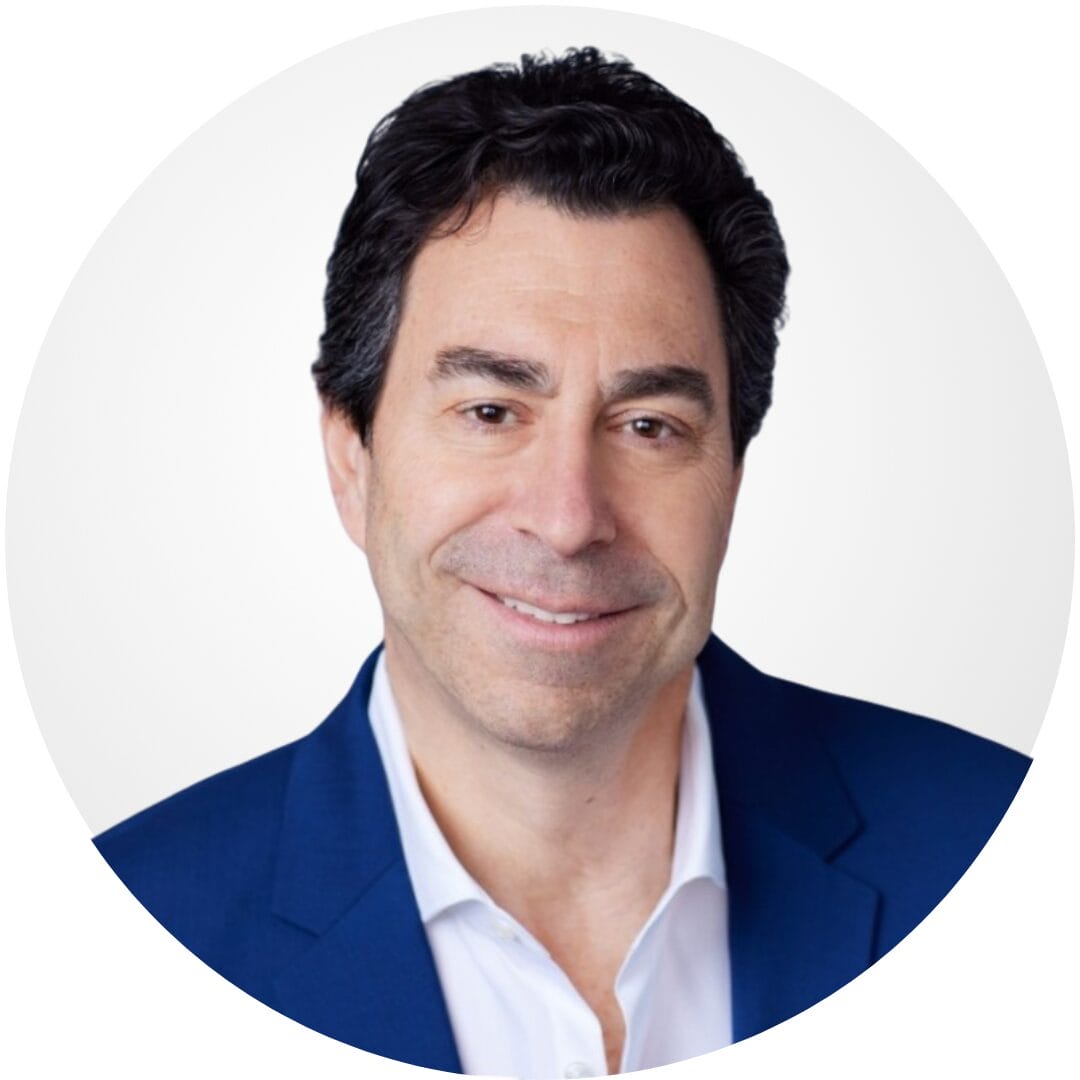
CEO, MarketsAI

I'm thrilled to be partnering with Mindbowser on our journey with TravelRite. The collaboration has been exceptional, and I’m truly grateful for the dedication and expertise the team has brought to the development process. Their commitment to our mission is...
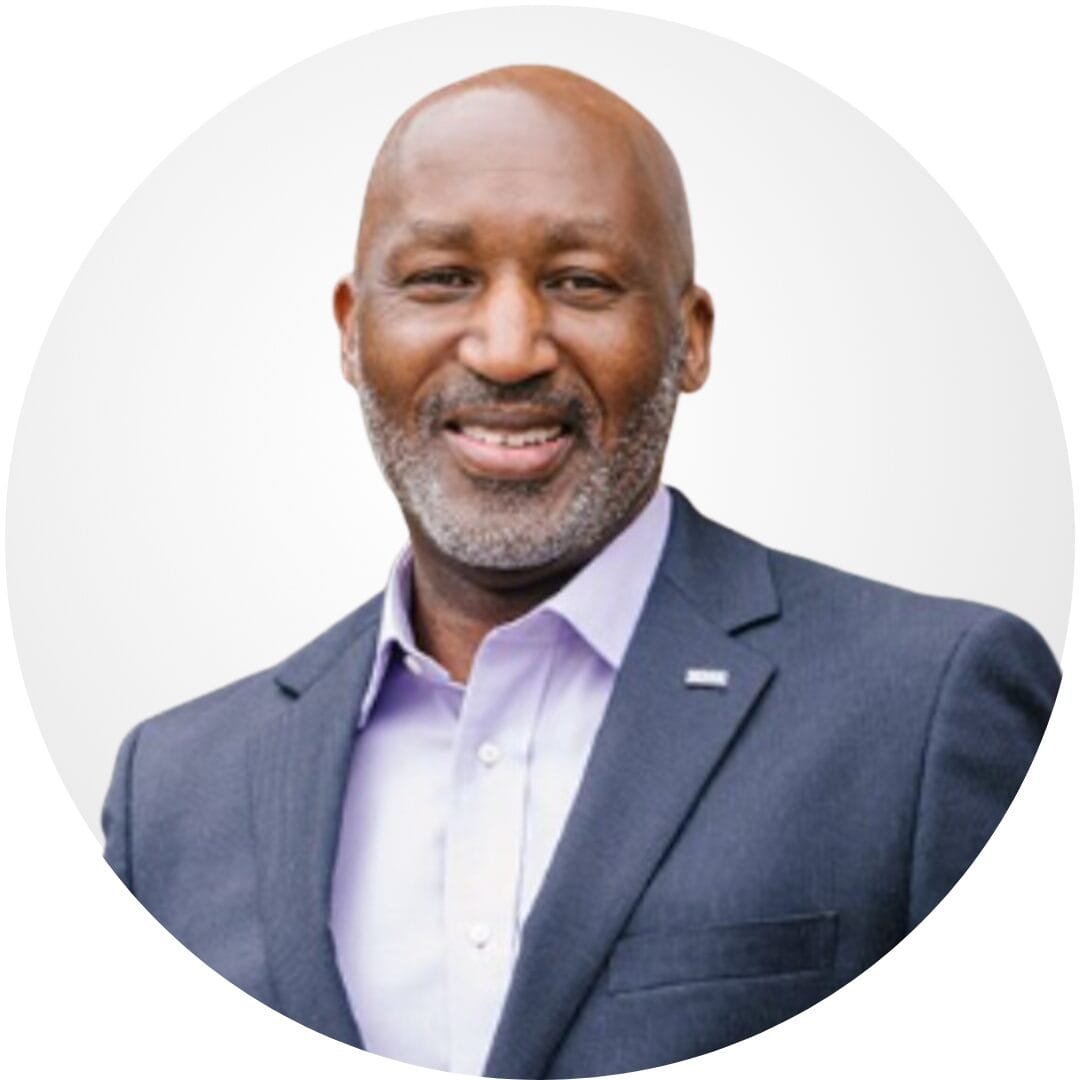
Founder & CEO, TravelRite

The Mindbowser team's professionalism consistently impressed me. Their commitment to quality shone through in every aspect of the project. They truly went the extra mile, ensuring they understood our needs perfectly and were always willing to invest the time to...

CTO, New Day Therapeutics

I collaborated with Mindbowser for several years on a complex SaaS platform project. They took over a partially completed project and successfully transformed it into a fully functional and robust platform. Throughout the entire process, the quality of their work...

President, E.B. Carlson

Mindbowser and team are professional, talented and very responsive. They got us through a challenging situation with our IOT product successfully. They will be our go to dev team going forward.

Founder, Cascada

Amazing team to work with. Very responsive and very skilled in both front and backend engineering. Looking forward to our next project together.

Co-Founder, Emerge

The team is great to work with. Very professional, on task, and efficient.

Founder, PeriopMD

I can not express enough how pleased we are with the whole team. From the first call and meeting, they took our vision and ran with it. Communication was easy and everyone was flexible to our schedule. I’m excited to...

Founder, Seeke

We had very close go live timeline and Mindbowser team got us live a month before.
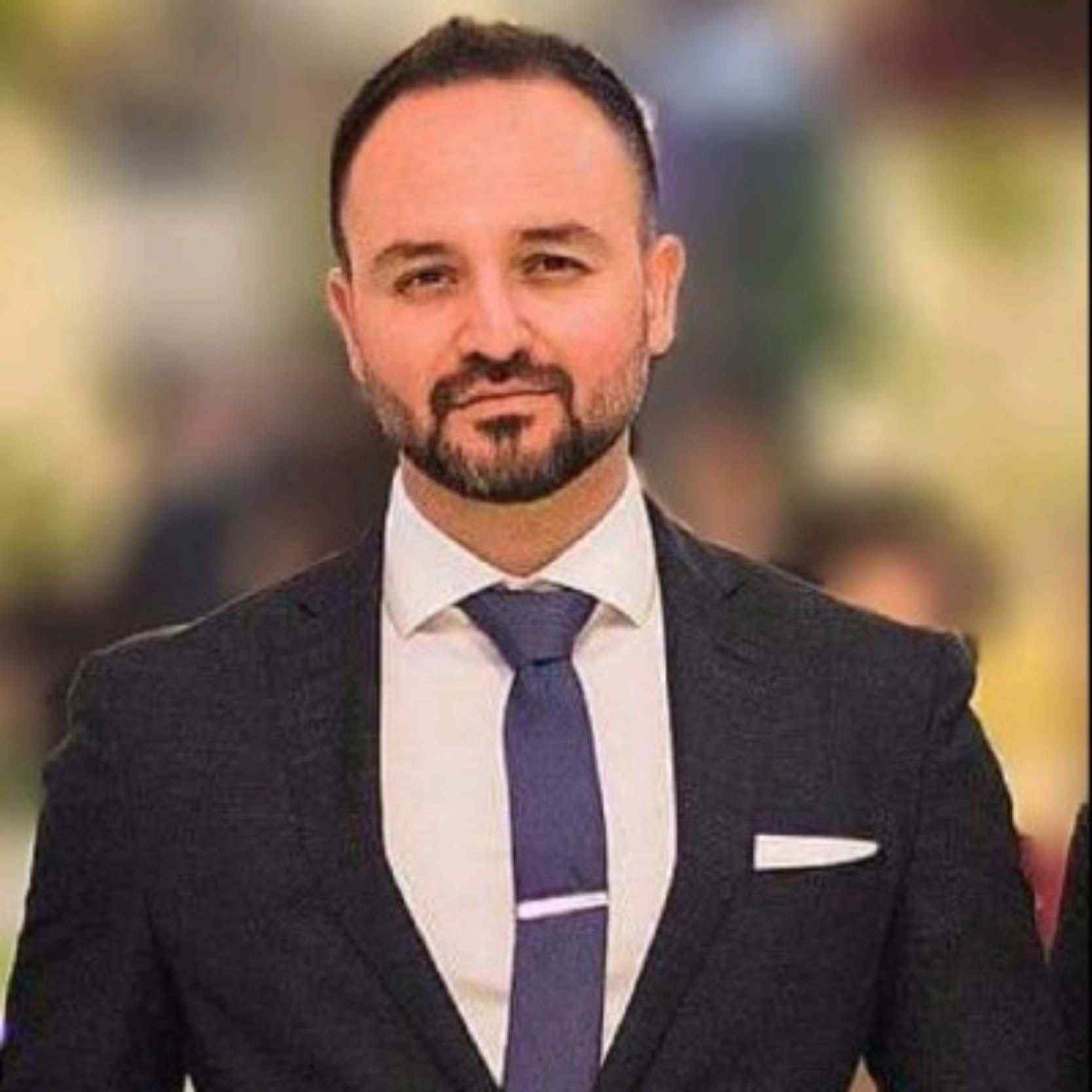
CEO, BuyNow WorldWide

Mindbowser brought in a team of skilled developers who were easy to work with and deeply committed to the project. If you're looking for reliable, high-quality development support, I’d absolutely recommend them.

Founder, Teach Reach

Mindbowser built both iOS and Android apps for Mindworks, that have stood the test of time. 5 years later they still function quite beautifully. Their team always met their objectives and I'm very happy with the end result. Thank you!

Founder, Mindworks

Mindbowser has delivered a much better quality product than our previous tech vendors. Our product is stable and passed Well Architected Framework Review from AWS.
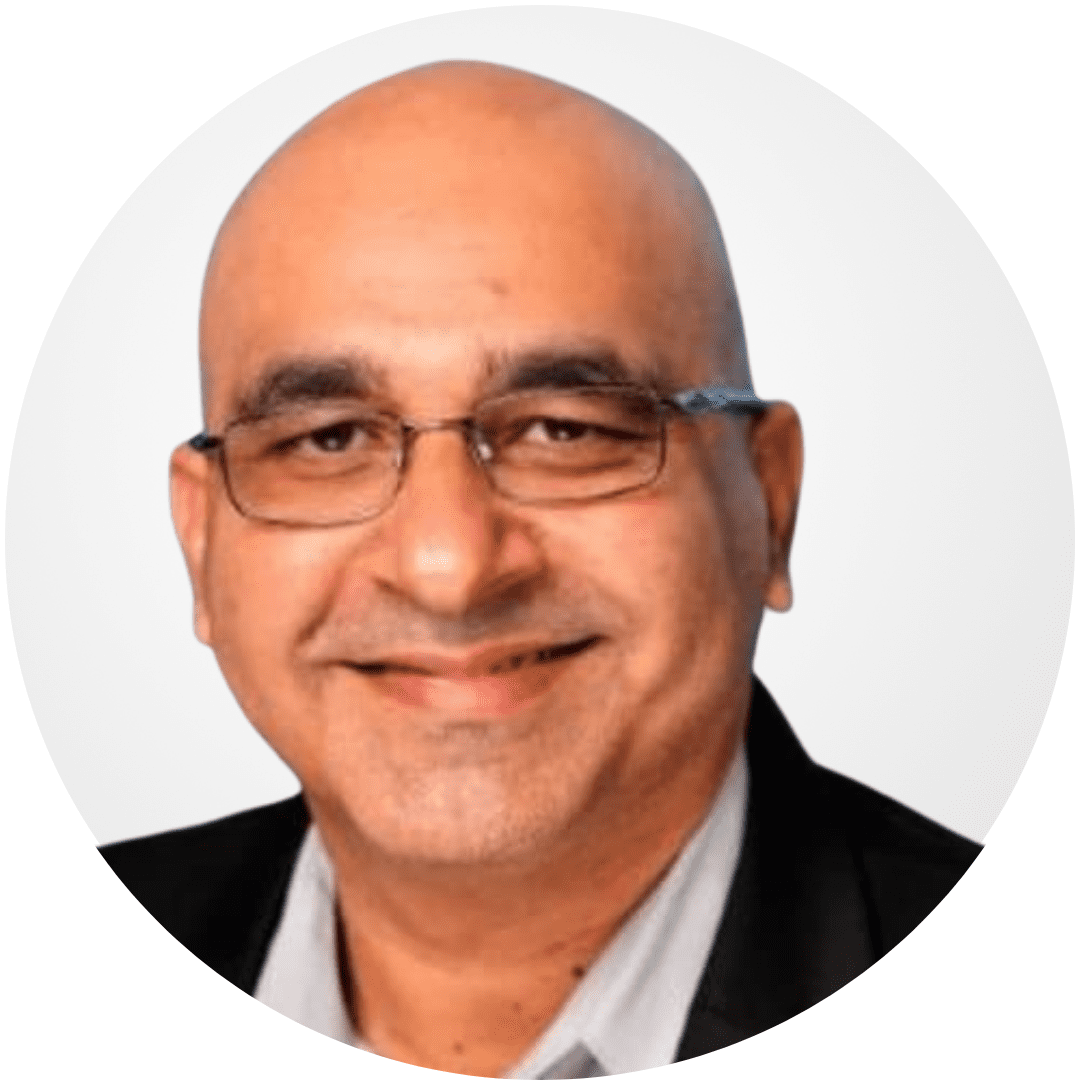
CEO, PurpleAnt

I am happy to share that we got USD 10k in cloud credits courtesy of our friends at Mindbowser. Thank you Pravin and Ayush, this means a lot to us.

CTO, Shortlist

Mindbowser is one of the reasons that our app is successful. These guys have been a great team.

Founder & CEO, MangoMirror

Kudos for all your hard work and diligence on the Telehealth platform project. You made it possible.
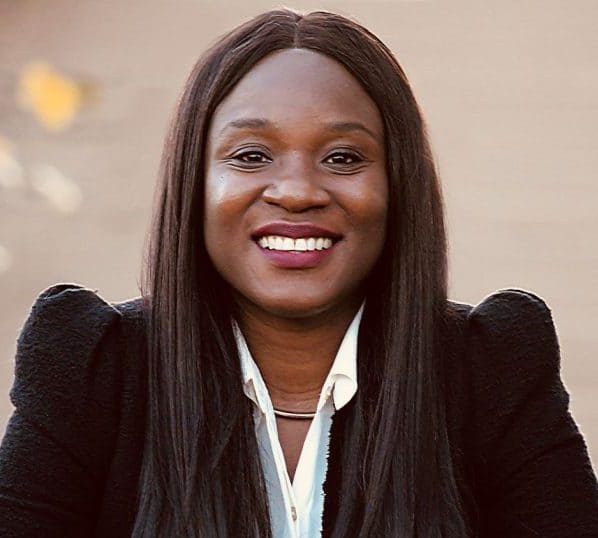
CEO, ThriveHealth

Mindbowser helped us build an awesome iOS app to bring balance to people’s lives.

CEO, SMILINGMIND

They were a very responsive team! Extremely easy to communicate and work with!

Founder & CEO, TotTech

We’ve had very little-to-no hiccups at all—it’s been a really pleasurable experience.

Co-Founder, TEAM8s

Mindbowser was very helpful with explaining the development process and started quickly on the project.

Executive Director of Product Development, Innovation Lab

The greatest benefit we got from Mindbowser is the expertise. Their team has developed apps in all different industries with all types of social proofs.

Co-Founder, Vesica

Mindbowser is professional, efficient and thorough.

Consultant, XPRIZE

Very committed, they create beautiful apps and are very benevolent. They have brilliant Ideas.

Founder, S.T.A.R.S of Wellness

Mindbowser was great; they listened to us a lot and helped us hone in on the actual idea of the app. They had put together fantastic wireframes for us.

Co-Founder, Flat Earth

Mindbowser was incredibly responsive and understood exactly what I needed. They matched me with the perfect team member who not only grasped my vision but executed it flawlessly. The entire experience felt collaborative, efficient, and truly aligned with my goals.

Founder, Child Life On Call

The team from Mindbowser stayed on task, asked the right questions, and completed the required tasks in a timely fashion! Strong work team!
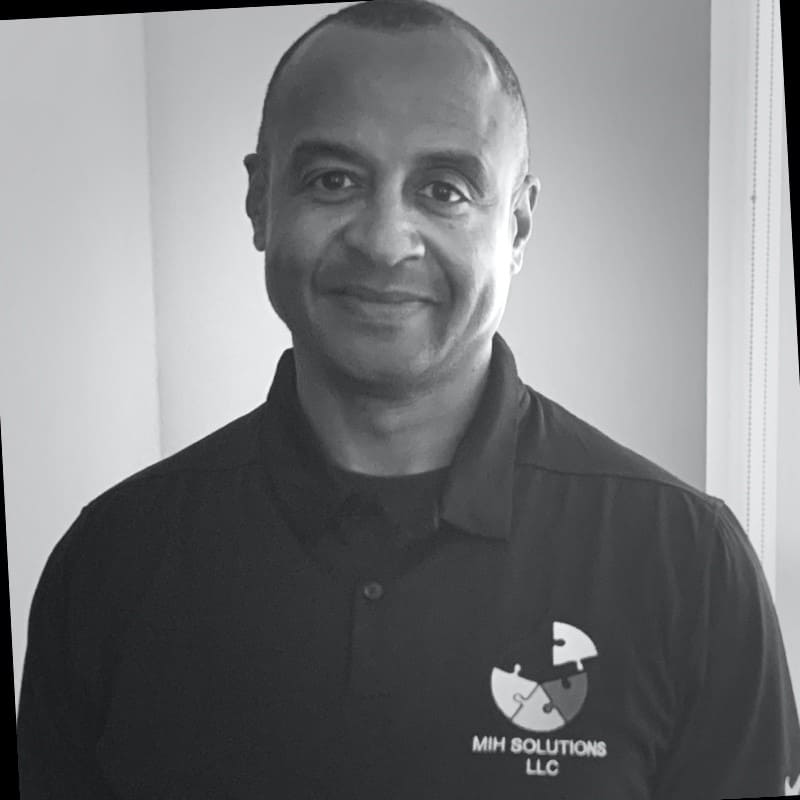
CEO, SDOH2Health LLC

Mindbowser was easy to work with and hit the ground running, immediately feeling like part of our team.

CEO, Stealth Startup

Mindbowser was an excellent partner in developing my fitness app. They were patient, attentive, & understood my business needs. The end product exceeded my expectations. Thrilled to share it globally.

Owner, Phalanx

Mindbowser's expertise in tech, process & mobile development made them our choice for our app. The team was dedicated to the process & delivered high-quality features on time. They also gave valuable industry advice. Highly recommend them for app development...

Co-Founder, Fox&Fork
